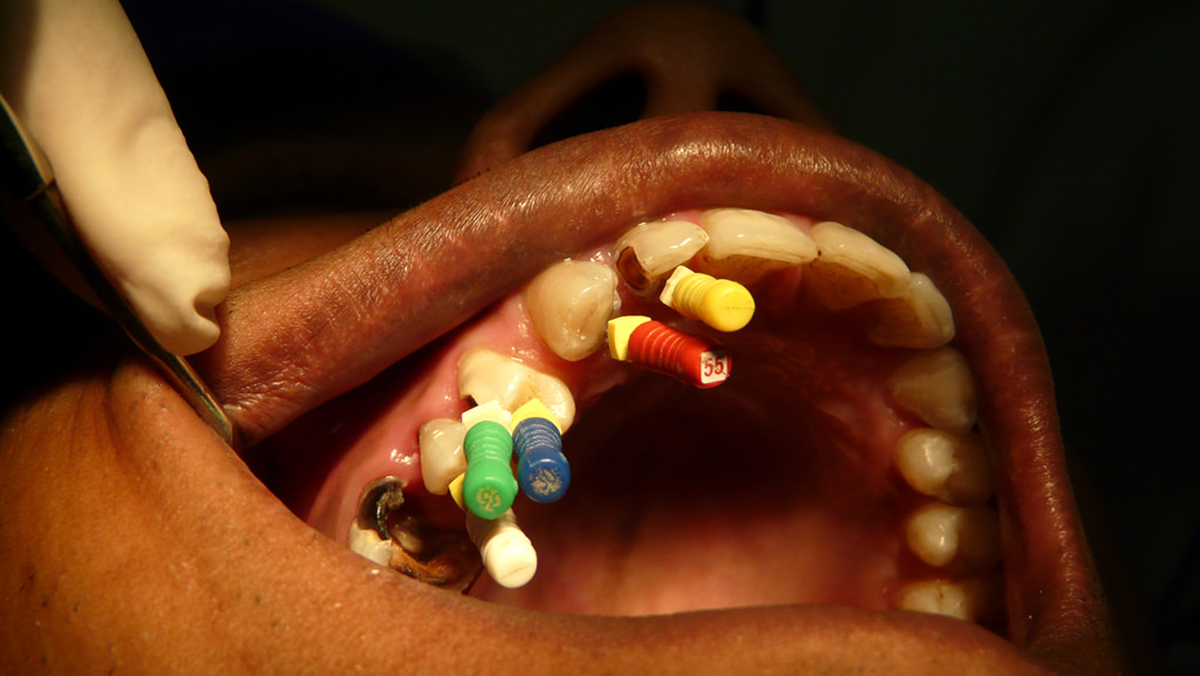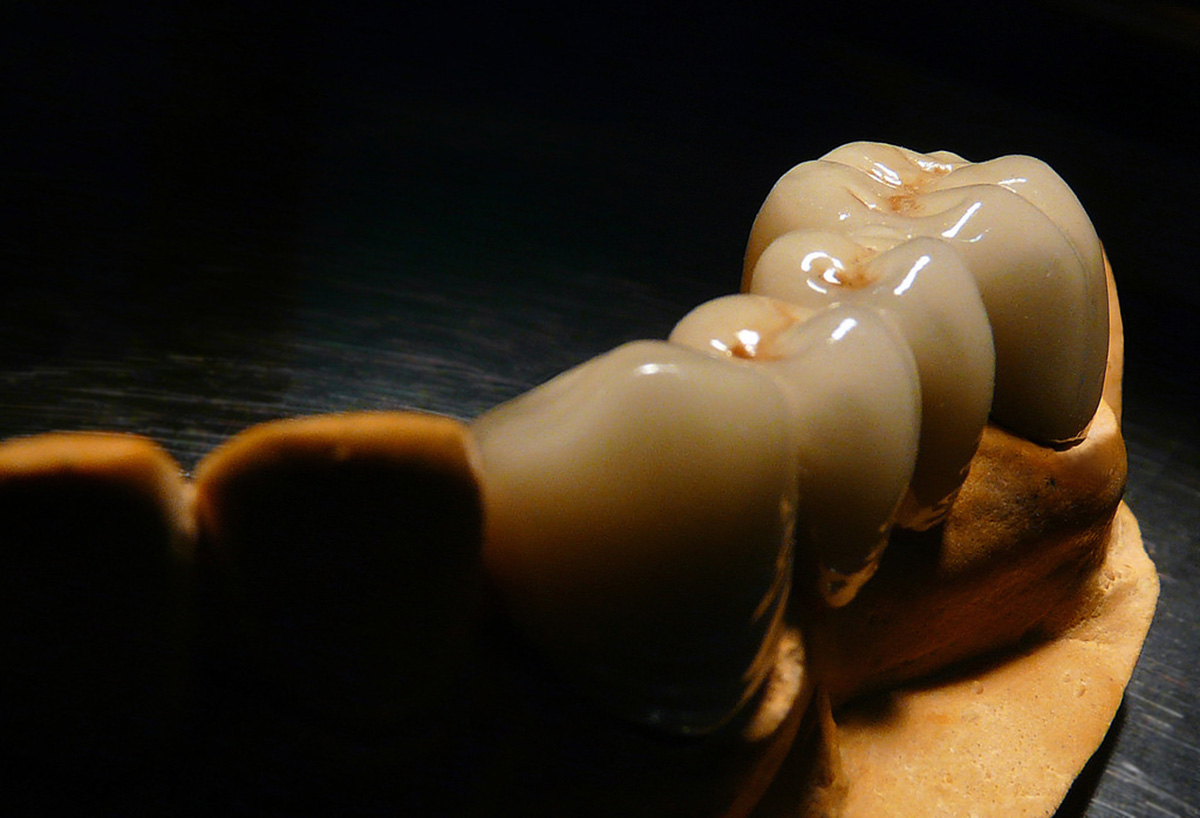Believe it or not, dentists are the most universally feared kind of doctor out there. Near the top of the list for reasons why would be root canal treatment (RCT). This procedure is associated with pain, discomfort and multiple visits.
While I'd love to help you with some myth-busting here, this can all be true. It doesn't have to be though. Do you need a root canal treatment but are almost too terrified to make that appointment? This experienced dentist will walk you through the procedure and give you the tips you need to come out of your RCT smiling.

Why Is Root Canal Treatment Done?
A root canal treatment is done for various reasons. The first and foremost is dental caries or decay that has reached the pulp and is causing pain and discomfort. The pulp, which runs through the center of the tooth, is filled with numerous nerve endings and can become inflamed due to the presence of decay-causing bacteria. A RCT is done to gain access to this pulp and decontaminate the tooth right to its roots.
The other causes could be persistent sensitivity that is not responding to other forms of treatment, a crack in the tooth, or a broken tooth which cannot be restored with just a filling, for the purpose of extensively reshaping a tooth as in the case of a bridge prosthesis or to treat a periapical cyst/abscess.
Before Your Root Canal Treatment: Investigations And Radiographs
Your doctor will take a thorough medical history before you start a RCT procedure. This should include any and all the medication that you are taking, any other treatment that you have taken in the past, a history off allergies and so on. Intra-oral radiographs will be taken of the tooth/teeth to undergo treatment to ascertain the presence of any periapical pathology that might be present.
Clinical Procedures
The actual procedure of getting the root canal done can vary depending upon the clinical situation. In a case where the primary pathology is trauma and there is no sign of periapical infection or an abscess, your dentist can consider a single sitting root canal procedure.
In this scenario, all the steps of the procedure will be completed in one sitting, saving the patient the hassle of multiple visits. It is recommended that an endodontist perform single sitting root canal procedures, particularly for multi-rooted teeth. The other, conventional procedure is one where the patient is treated in two to three visits.
Access Opening And BMP
The first visit is usually just to gain access to the root canal and apply a desensitizing agent to the pulp — the location of all the nerve endings, and the source of your pain. If the clinician feels the patient is not in pain and is able to withstand further treatment, then the process of cleaning and shaping the root canals is carried out in this visit as well.
READ Oral Hygiene: Dental Care Mistakes You Could Be Making
Nowadays, your dentist will use hand files for this purpose only in situations where access is very limited, otherwise rotary files will be used. The advantage of using these files is that the process is much quicker and reliable.
Obturation And Getting A Crown
Obturation
This is the final step of the root canal in which the prepared root canals are filled with a rubber-like material called gutta-percha. By the time this appointment takes place, the patient should be completely pain free, any swelling that was present should have resolved, and there should be no need for any anesthesia during the procedure.
The procedure involves the insertion of gutta-percha cones to the length of your root canal and then cutting off the excess that extrudes into the mouth with scissors. Your tooth is then sealed with a heated instrument.

All of these appointments take around 20 minutes from each from the time the patient sits in the chair till the completion of the procedure. The tooth is filled with composite material after the obturation is complete and the patient is recalled for crown preparation, usually after a gap of a week.
Crown Preparation
Multiple studies have shown that a well fitting crown is essential for the success of the root canal. Clinicians tend to wait around a week to make sure that the tooth is asymptomatic before preparing the crown. In some cases, where there was excessive infection or the treatment was more complicated, a longer time can be taken.
The risk with waiting too long is that the chances of the tooth fracturing become a lot more. The process of disinfection and cutting the tooth during the root canal procedure weakens it structurally. Especially in the case of the posterior teeth (Premolars and Molars) where the biting forces are quite high, it is al too common to see root canal treated teeth fracture and then eventually have to be extracted.
Crown preparation itself is a short and completely painless procedure. It requires no anesthesia and from the patient’s point of view, requires only opening of the mouth for five to 10 minutes. Once the crown has been prepared, the dentist will take an impression and send the cast made from it to the lab for the fabrication of the crown.
Crown Cementation
This should be the final visit of the procedure and requires a simple cementation of the crown on the prepared tooth. The dentist will check for a proper fit before cementing the crown and will also check for any high points or interferences once the crown has been fit.
READ What To Expect From Dental Implant Surgery
Some amount of adjustment will be done even after the crown has been cemented. It is normal for the new prosthesis to feel a little odd in the beginning, however this should disappear by the end of the first week after insertion.
Rest Assured...
Root canals are no longer a cringe-worthy procedure that will give you nightmares for months afterwards. In fact, they are the most predictable and trustworthy method to increase the lifespan of the tooth and relieve the patients of severe pain.
- Photo courtesy of Dr PS Sahana * Kadamtala Howrah via Flickr: www.flickr.com/photos/124018523@N04/14036937528
- Photo courtesy of Dr PS Sahana * Kadamtala Howrah via Flickr: www.flickr.com/photos/124018523@N04/15226500201


Your thoughts on this